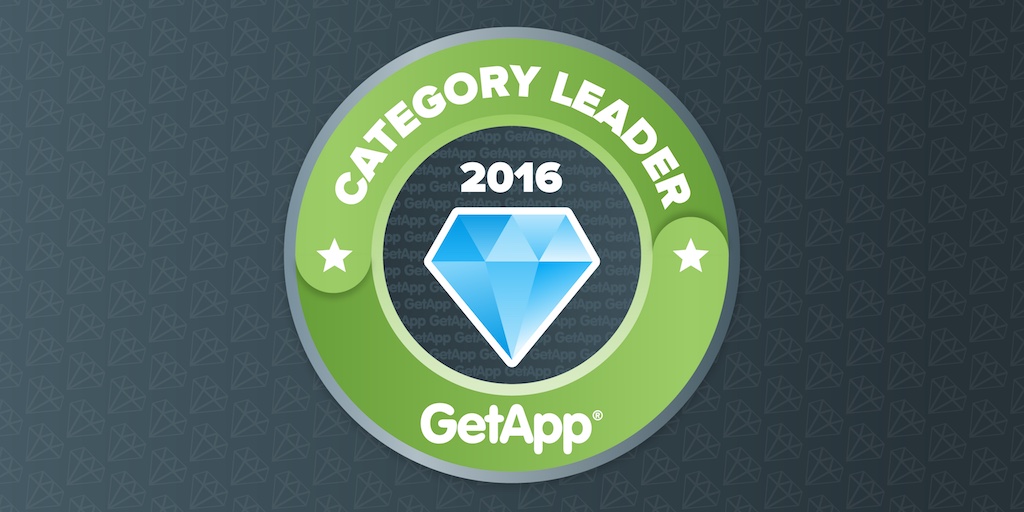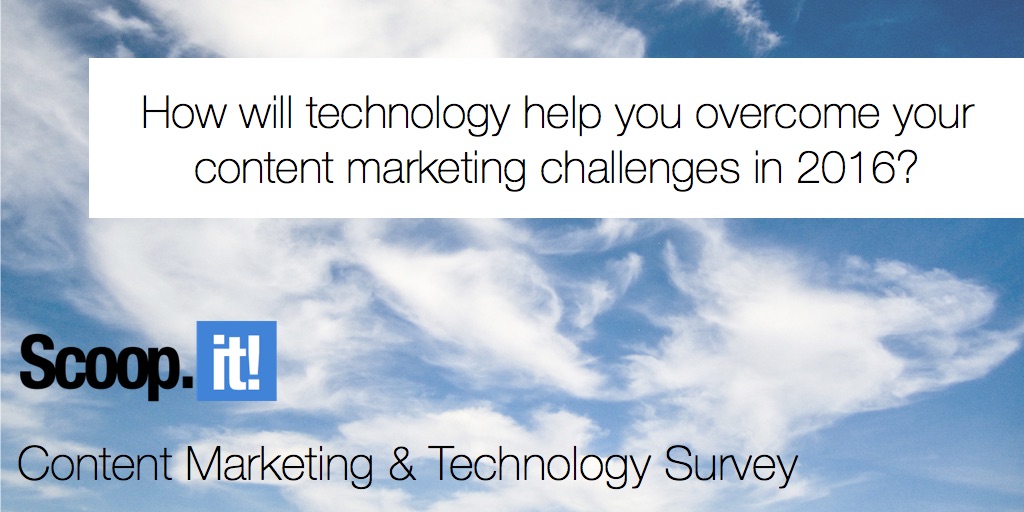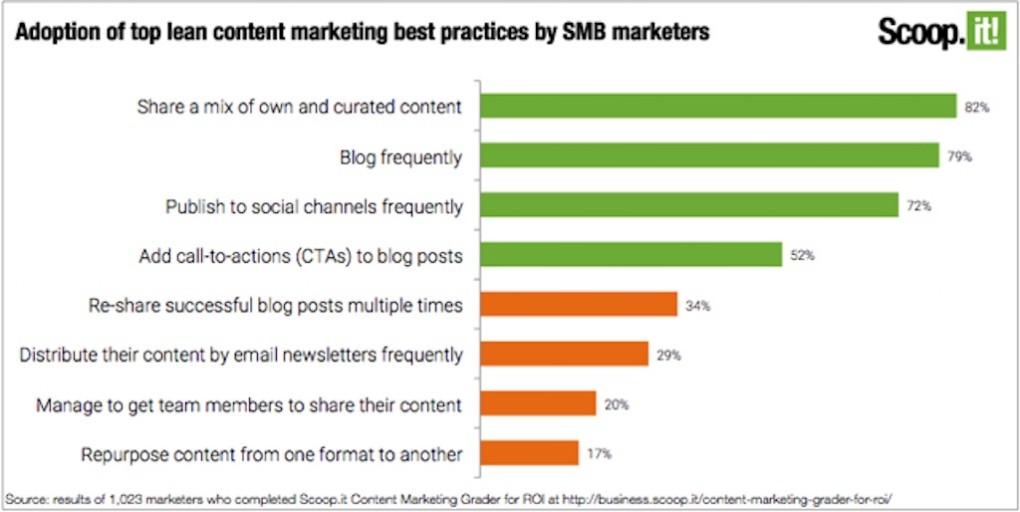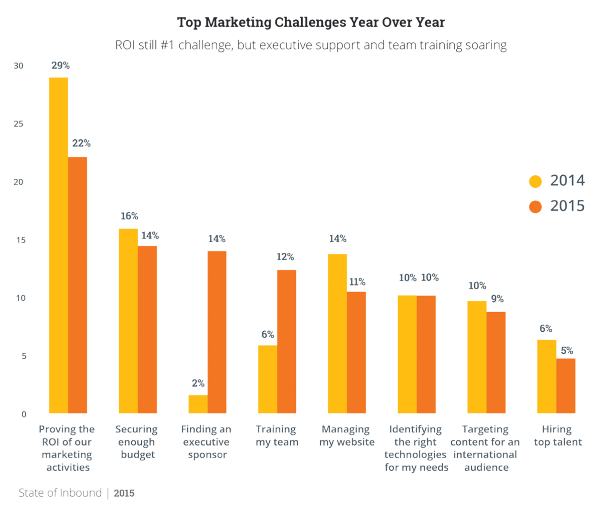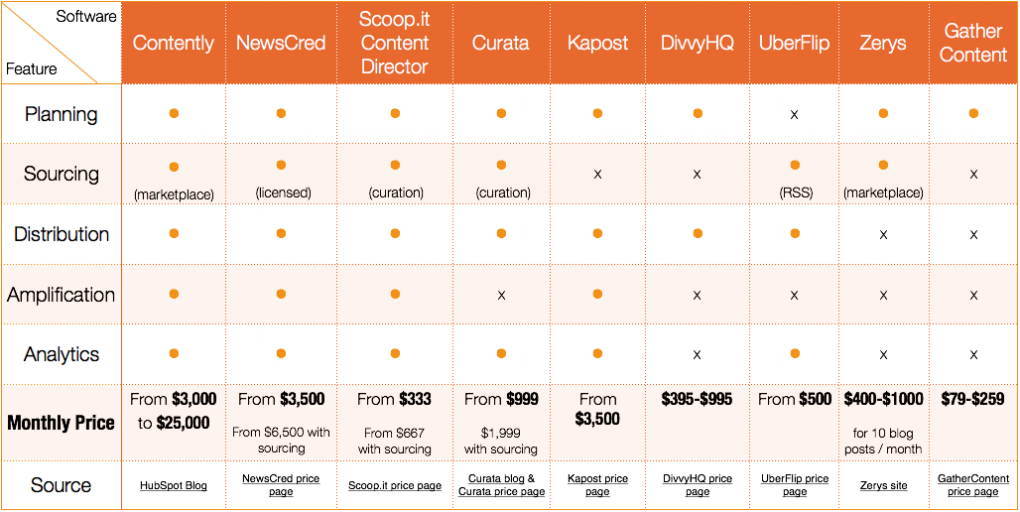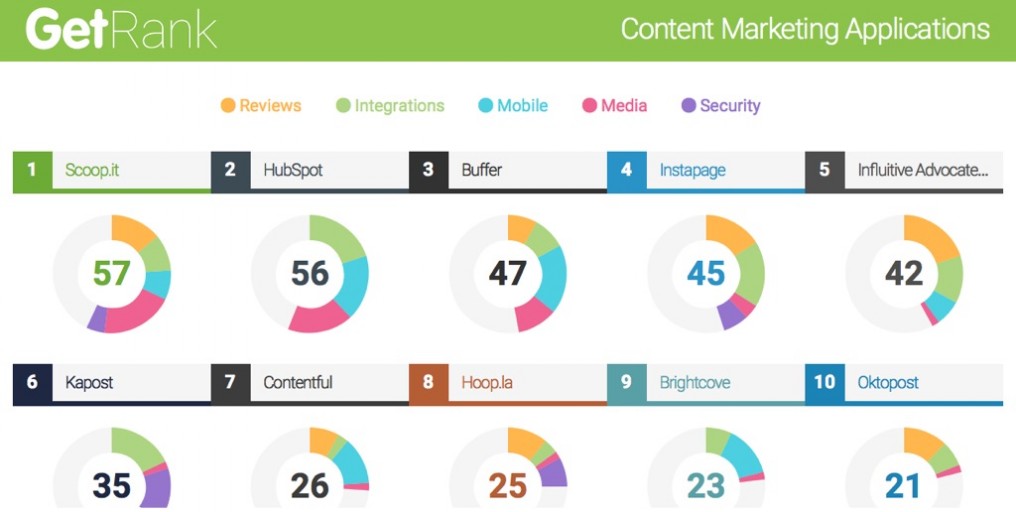
One of the Lean Content best practices we’ve seen several speakers at our meetups recommend is to leverage existing audiences on top of your own to increase the reach and the impact of your content. While your blog may or may not yet have a strong audience, there’s always more people to reach. By placing your content on publishing platforms which offer interesting discovery mechanisms or having blogs that are read in your industry re-publish it, you could in theory multiply your own reach by not doing much more.
Though the idea makes perfect sense, it also comes with questions:
1. Re-publishing on other platforms can be more or less complex: some like LinkedIn publishing platform or Medium are public or in the process of being public; some industry blogs (for example, in our space, Social Media Today or Business 2 Community) recruit contributors based on their own selection criteria.
2. Re-publishing content is creating potentially duplicate content which could hurt SEO and defeat the purpose.
3. Re-publishing content means it’s read on a platform from where we can’t convert our audience: to subscribe to our blog, to sign up for a demo of Scoop.it, etc. As part of our own Content Marketing efforts, conversion is an important metric.
At Scoop.it, we like to put ideas to the test so we did an experiment a few weeks ago to come out with data that would support or reject this.
Read More


